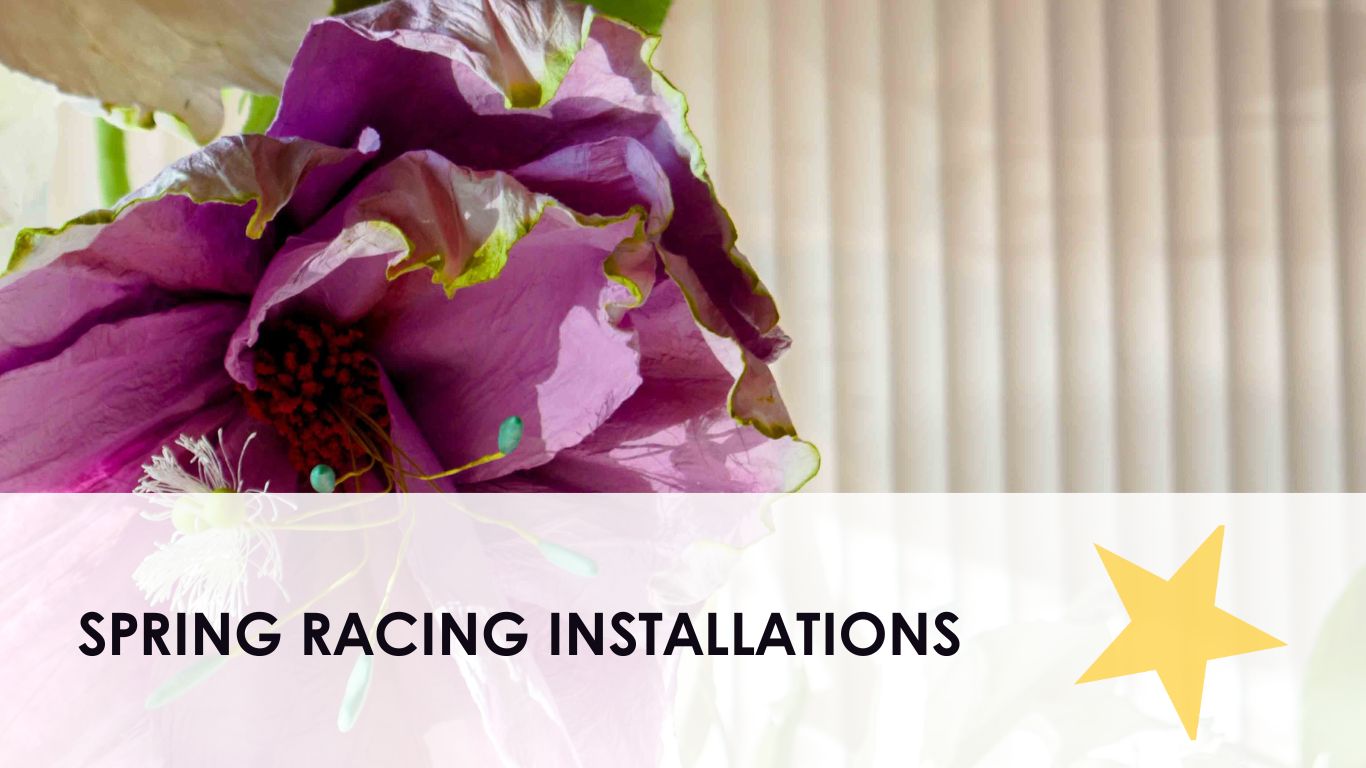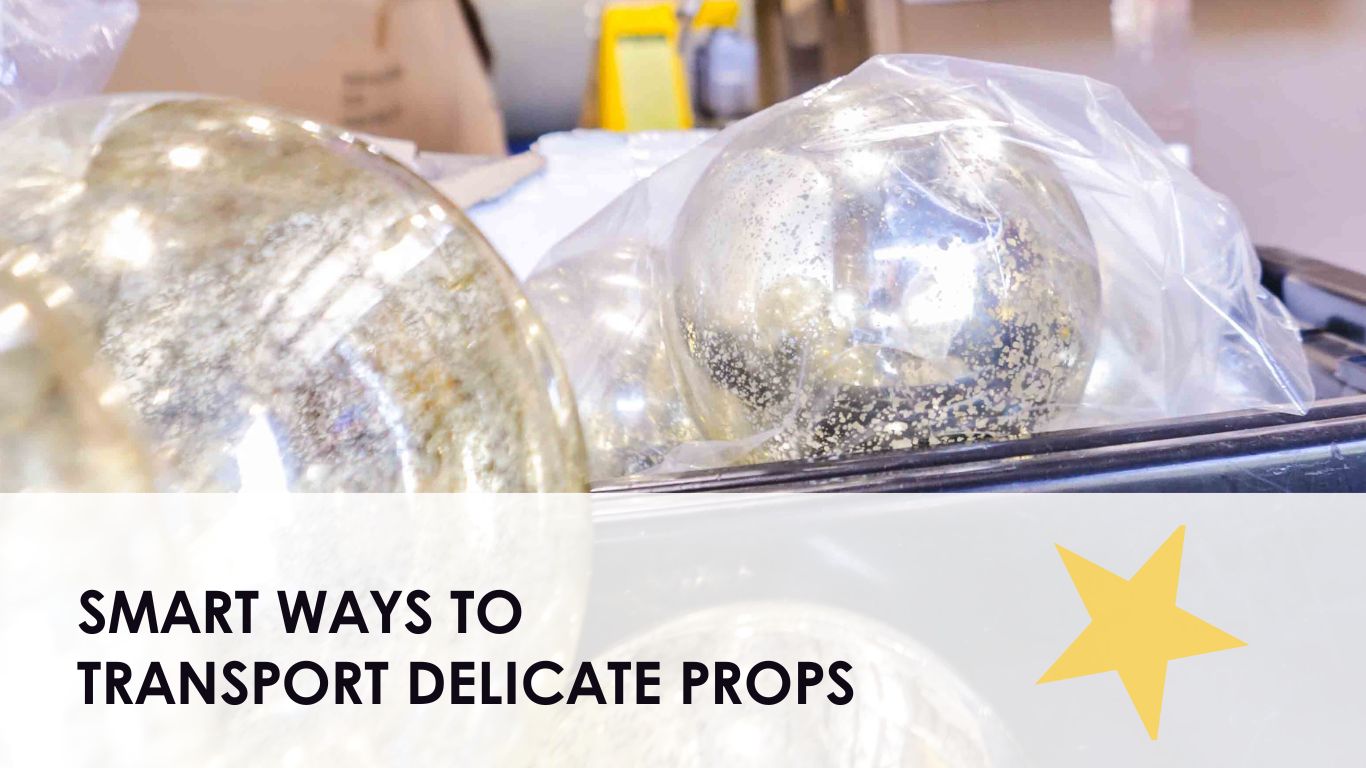Walk through any shopping centre and you'll notice it immediately.
Some stores draw you in without even trying. Others? You walk straight past.
The difference isn't budget or location. It's understanding that every display element works together to influence customer behaviour.
When visual merchandising works properly, it creates an emotional connection that transforms casual browsers into engaged customers. The right colour psychology makes products feel more desirable. Strategic lighting draws attention exactly where you want it. Thoughtful prop placement guides natural shopping flow.
However, it's not about blindly following trends or copying competitors. It's about designing experiences that feel both fresh and authentically aligned with your brand.
Here's how to create visual merchandising that drives real results.
Effective Visual Merchandising
Think of visual merchandising as the art of making products irresistible.
Every element in your store, from your window displays to how products sit on shelves, works together to influence how customers feel and behave. Most retailers think it's about making things look attractive, but that's just scratching the surface.
Effective visual merchandising:
-
Creates an emotional connection with customers
-
Encourages dwell time and exploration
-
Positions products as desirable and solutions-focused
-
Communicates brand values and seasonal relevance
-
Aligns tone and mood with the target demographic
The secret is consistency. When your displays feel scattered or off-brand, customers notice. They might not be able to articulate what feels "wrong," but that confusion translates to shorter visits and fewer purchases.
This is where strategic planning becomes everything. You need clear objectives, a solid understanding of your brand personality, and design decisions that actually reflect those intentions.
Take lighting, for example. Most retailers treat it like an afterthought, but lighting can make or break a display. The right spotlight draws eyes exactly where you want them. Ambient lighting creates the mood that justifies your price points.
Colour psychology works the same way. Cool blues and greens feel fresh and trustworthy, perfect for wellness or tech products. Warmer oranges and reds create urgency and excitement, which is ideal for sale displays or impulse purchases.
Then there's the technical stuff that customers feel but don't consciously notice: balance, scale, proportion. When these elements work together, displays feel naturally appealing. When they're off? Everything feels awkward.
Remember, every display should serve your bigger retail strategy. Whether you're launching a new product line, building seasonal excitement, or reinforcing brand values, your merchandising needs to support those specific goals.
Seasonal and Thematic Displays
There's nothing quite like walking into a store that feels alive with fresh energy.
Especially when a retailer has perfectly captured the mood of the moment. Maybe it's the way they've transitioned from cosy winter textures to bright spring florals. Or how their holiday display makes you actually excited about gift-giving instead of dreading the shopping marathon.
Seasonal merchandising keeps your brand feeling current and gives customers a reason to come back. But many retailers think seasonal means slapping some themed decorations on existing displays and calling it done.
Real seasonal merchandising is about understanding what your customers are feeling right now and reflecting that energy back to them.
Take that winter-to-spring transition. You're not just swapping out props. You're shifting the entire emotional tone from "cosy retreat" to "fresh possibilities". Dark, heavy materials give way to lighter textures. Closed, intimate layouts open up to feel more breathable. Even your lighting should feel brighter and more optimistic.
When planning seasonal displays, consider these factors:
-
What are shoppers feeling right now?
-
Is the display encouraging exploration?
-
Has the lighting been updated to suit the new theme?
-
Do props and signage complement the store's voice?
-
Is it shareable or eye-catching enough for Instagram or Pinterest?
The best seasonal displays feel effortless, not overdone. Choose one strong focal point and let everything else support that story. Your customers should be able to experience the theme without feeling like they're walking through a theme park.
An unexpected bonus is that seasonal changes energise your team too and that enthusiasm is contagious. And when customers start photographing your displays or asking about specific products? That's when you know your merchandising is working as hard as your sales team.
Interactive and Engaging Elements
Eye-catching displays get noticed. Interactive displays get remembered.
Today's shoppers don't just want to look, they want to touch, try, and experience. They're hunting for those "Instagram-worthy" moments that make them feel like they've discovered something special. Smart retailers create those moments intentionally.
The magic happens when customers engage multiple senses. A tactile element makes products feel more real. A subtle scent creates emotional memory. Even something as simple as gentle movement catches peripheral vision and draws people closer.
But interactivity doesn't need to be complicated or expensive. Sometimes the most effective elements are surprisingly simple:
-
Accessible shelving that invites customers to pick up and examine products
-
Photo-friendly props that practically beg to be shared on social media
-
Subtle scent diffusers that enhance the shopping atmosphere
-
QR codes linking to styling tips or product stories
-
Strategically placed mirrors for natural try-on moments
Think about a beauty retailer surrounding their hero product with oversized paper flowers that flutter gently in the air conditioning. It's not flashy or gimmicky, but has just enough movement to make you pause and look closer. That brief moment of curiosity often turns into genuine product interest.
The key is making sure every interactive element actually serves the customer experience. If something feels forced, breaks easily, or distracts from the product itself, it's working against you.
Before implementing any interactive feature, ask yourself: does this help customers better understand or connect with what we're selling? If the answer isn't a clear yes, simplify.
Strategic Product Placement
Beautiful displays mean nothing if customers can't find what they actually want to buy.
You could have the most stunning visual merchandising in the centre, but if your hero products are tucked away in corners or buried behind less important items, you're basically hiding your bestsellers from the people who want them most.
Strategic placement is about understanding how customers naturally move through your space and putting your priority products exactly where they'll have the biggest impact.
Watch your customers for a week. Notice where they pause, where they naturally look first, which areas they gravitate toward. Those spots? That's prime real estate for your profit drivers.
Consider these placement strategies:
-
Showcase bestsellers near the front third of the store
-
Make entryways tell a product story right away
-
Use eye-level shelving for hero SKUs
-
Cluster items around themes or needs, not just categories
-
Place interactive items within effortless reach
Give your displays breathing room. Let customers' eyes travel naturally through the space without feeling overwhelmed. Mix up your heights, use contrasting backgrounds to make products pop, and resist the urge to make everything perfectly symmetrical.
Optimising Displays for Shopper Behaviour
The best retail displays are designed around how real people actually move and shop.
Understanding customer flow patterns changes everything about how you approach visual merchandising. Where do people naturally pause? How do they scan a space? Which angles do they see your displays from? These insights should drive every placement decision you make.
Your window displays and entrance work overtime to convert passing foot traffic into actual store visits. That means your visual storytelling needs to start from the footpath and guide people seamlessly inside.
Create natural movement through layered design:
-
Use open angles rather than creating visual barriers
-
Give hero products breathing space to be properly seen
-
Avoid props that block natural pathways
-
Use contrasting materials to create visual interest
-
Invite people visually from outside into your main shopping areas
People follow light and movement instinctively. A well-placed spotlight or strategically positioned reflective surface can draw attention from metres away. But if your display only looks good from one specific angle, you're missing opportunities from every other vantage point.
Think of your entire floor space as part of the display experience. Every shift in lighting, product grouping, or signage placement influences where customers go and how they feel about what they're seeing.
Before going live with any new display, walk through your space from multiple customer perspectives. Stand where they stand. See what they see. Make sure your key messages come through clearly from every angle that matters.
Creating Retail Displays That Drive Sales
The most successful retail environments understand that every visual choice should answer one simple question: "What do we want our customers to feel, remember, and buy?"
When your displays tell a clear story while showcasing your hero products naturally, something magical happens. Customers don't just look. They also connect and buy.
Focus on creating experiences that feel intentional, on-brand, and genuinely engaging. Because at the end of the day, great visual merchandising isn't just about looking good. It's about delivering measurable results that matter to your bottom line.
Ready to transform your retail space from forgettable to unforgettable?
The Prop House Collective specialises in creating visual merchandising solutions that don't just catch eyes. They drive sales. From strategic product placement to immersive seasonal displays, we understand how to make your brand story impossible to ignore.
Let's create retail experiences that your customers will remember and your competitors will envy.
Get started with a visual merchandising consultation that could transform your sales results.




